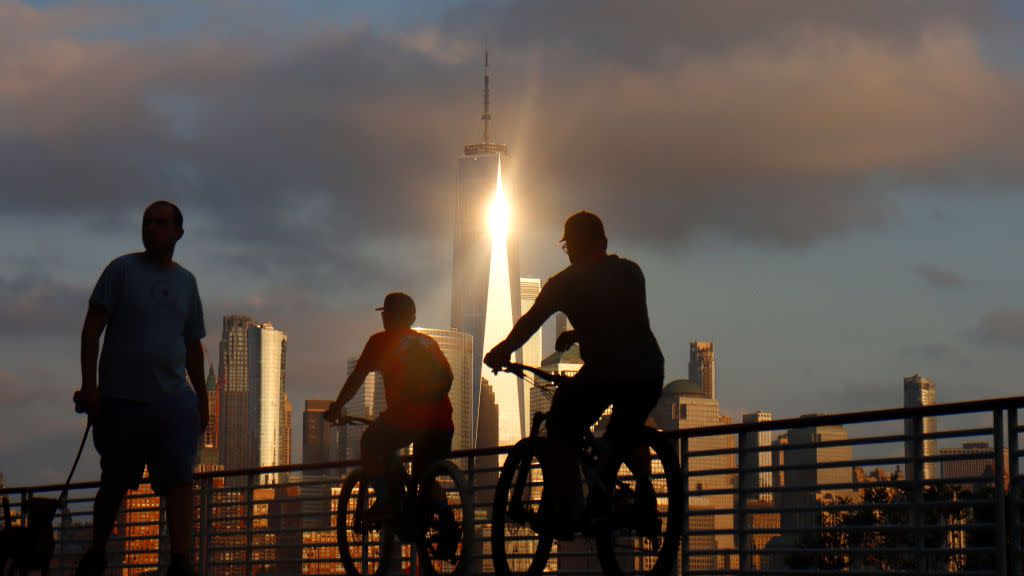Has COVID Permanently Changed How We Ride? Science Says Yes.

Whether you became a remote worker with easier access to your trainer and a shower, you eschewed public transportation in the city in favor of a bike rental to avid crowded subways, or just found yourself getting out to ride on weekends because there was nothing else to do during the early days of COVID, those bike-friendly changes may have stayed with you since early 2020.
At least, that’s what researchers at Rutgers found in two long-term surveys of bike behavior in a post-COVID New Jersey.
We already knew that COVID caused a bike boom (and arguably, a bit of a bike bust as supply chains caught up and inventory swelled in the past year). But while you may have assumed the greatest bike usage was happening as people tried to ride to work to avoid public transit, the biggest bump in biking was from the newly-minted Work From Home people who had more time to pedal for fun.
Of the 2400 New Jersey residents surveyed, almost half owned a bike and 15 percent reported an increase in riding during COVID. 34 percent of respondents reported that they increased their recreational cycling, while only 11 percent shifted to riding to work.
And that change in behavior has continued in the years since: 50 percent of those surveyed who owned a bike said their habit change is permanent. 33 percent of the work-from-home crowd says they plan to increase their riding in the future!
Unsurprisingly, the survey respondents most positive on riding also said that in their areas, there had been changes made to make life better for cyclists and pedestrians. Some reported streets that were closed to traffic, better bike lanes, and more cycling infrastructure.
Riders who saw positive changes in their area were 4.5 times more likely to say they’d continue riding in the future. The study authors concluded that making these infrastructure changes permanent and continuing to improve on safe cycling in cities would be key to keeping more people on bikes and increasing ridership.
They also noted that while making safe commuting routes in busy areas is important, the survey findings indicated that attention should also be paid to the recreational aspect of cycling, especially when considering changes to infrastructure. Essentially: Make biking practical, safe, and fun.
You Might Also Like

